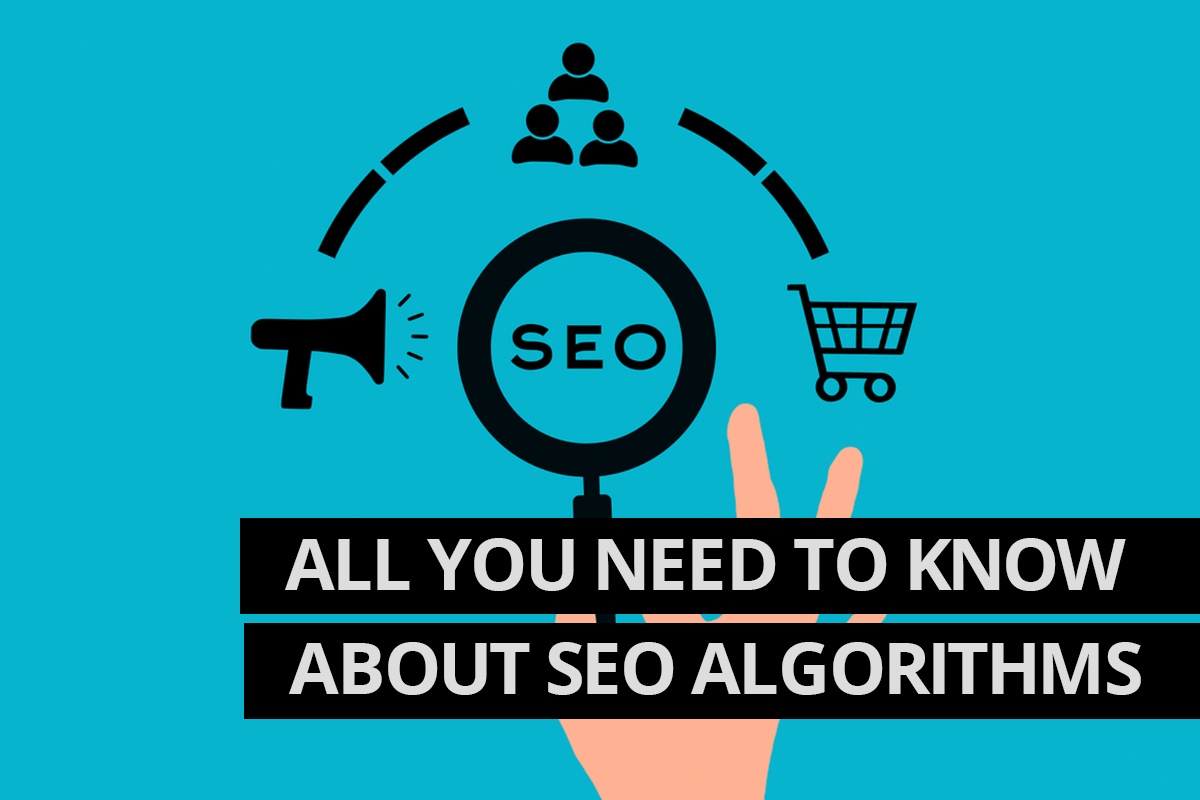Posted by Cowlick – Written by Rick Seidl
Numerous search engine optimization (SEO) experts regard Google’s algorithm as the deciding factor in search engine ranking.
The Google algorithm is mysterious, but some known factors affect its rankings. In this article, you will get to know them. Plus, you’ll get some tips on how to rank high.
What Are Search Engines?
Search engines exist to discover, understand, and organize the content on the internet to offer relevant results to the searchers’ questions.
Your content must be visible to search engines to show in search results. If your site can’t be found, it won’t show on the search engine results page (SERP).
Web design also affects search engine rankings, so you might want to check out the best New York web design companies.
Search engines work through crawling, indexing, and ranking.
The crawling function is to comb through the internet content, looking over the code/content for every URL they come across.
Next, the indexing function is to store and organize that content. Once a page is in the index, it can be displayed as a result for relevant queries.
Finally, the function of ranking is to provide the content that best answers a searcher’s question. That means the results are listed from most to least relevant.
What Is Google Search Algorithm?
Google’s algorithms are a complex system used to recover data from its search index and deliver the most relevant results for the searcher’s query.
The search engine uses a combination of algorithms and various ranking signals to deliver pages ranked by relevance on its SERPs.
Various factors determine the search results, including:
- The meaning and purpose of a query
- How relevant a webpage is to the query
- The quality and reliability of the content on the webpage
- The utility of the page
- The context and settings related to the individual directing the search, such as location, past searches, and any settings on the Google account
Some past algorithms have names, such as Hummingbird, RankBrain, Penguin, and Bert. These are some of the most impactful algorithms that changed search and SEO as we knew them. Also, some updates like E-A-T, which aren’t algorithms, significantly influence Google algorithms.
That means SEO isn’t a one-size-fits-all method, and any strategies can’t be counted on to work forever, as the regular algorithm updates challenge established methods.
Why Is the Google Algorithm Important for SEO Strategy?
Your website is invisible if it isn’t ranking on Google. Google has more than a 90% market share regarding global search engine use. And, its algorithm decides if your website will show on its top results.
Moreover, the top three results get 75.1% of the clicks. So, the Google algorithm plays a vital role in SEO strategies
How Google Algorithms Work – Google Algorithm Updates
Google is regularly making small changes. However, sometimes it makes systematic changes introduced under names such as RankBrain, Penguin, and Bert, as we mentioned before. With past algorithms, Google focused more on search terms and keywords.
For example, after introducing BERT, Google started ranking web pages based on the ideas and topics behind search questions.
Consequently, keyword stuffing is an ineffective and outdated strategy, so content creators need to focus on offering high-value content for their target consumers.
All these changes occur because Google prioritizes quality. Also, with every released algorithm, people find ways to drive low-quality websites to the top of search results.
Many algorithm changes are efforts to fix these flaws so users can come across high-quality sites relevant to their intent. Read on to discover more.
#1 Panda
Panda, introduced in 2011, primarily focused on confronting keyword abuse, spam, plagiarism, and duplicate content.
Pages ranked on a content quality scale, and the scores were used as a ranking determinant. After five years, it became part of Google’s source algorithm, speeding up the application of lesser updates and the processing speed of page content.
#2 Penguin
Penguin, set in motion in 2012, focused on fighting spammy and irrelevant links, link farms, and private blog networks.
Further, it tackled the problem of over-optimized anchor texts. Penguin affected the sites whose link profile was labeled unnatural because of the massive purchase of low-quality backlinks.
#3 Hummingbird
Hummingbird, introduced in 2013, addressed low-quality content and keyword abuse. The focus was on the information itself and how it would be used instead of guessing the keywords that would achieve the best results.
The significance of similar subjects, synonyms, and semantically similar searches has considerably increased when processing and ranking links.
#4 RankBrain
With RankBrain in 2015, Google stressed the importance of user experience. It’s a grading system based on machine learning and analysis.
It was created to enhance the quality of the user queries interpretation and their comparison with indexed pages. Evaluation by this algorithm is essential in ranking on search results.
#5 Bert
Bert, launched in 2018, is another Google algorithm confronting low-quality content. It improved the natural language processing to assess text content and style.
The search engine got better at recognizing suitable keywords for producing organic results. Context, topic, and style have become crucial when ranking pages.
#6 Mobile-Friendliness (2015, 2018)
The primary focus of this unnamed update was on pages without matching mobile versions and website performance on mobile devices in general.
The mobile-friendly pages gained prioritization in rankings.
 [Source Pixabay]
[Source Pixabay]
Google Penalties
If you’ve ever experienced an unexplained drop in traffic on your website, it possibly happened because of a Google penalty.
In this case, you would have received a manual action report in Google Search Console. You will have to fix the issues on your site. Next, you will have to fill out a form explaining the causes of the problem and your predicament.
Lower rankings because of a new algorithm differ from penalties. You won’t receive a notification if Google finds an issue on your site – you will only begin losing traffic.
Also, you won’t have to contact Google to fix the problem. Therefore, if you know where the problem lies, you can remedy it and see how your ranking improves.
White Hat and Black Hat SEO Practices
In SEO, a white hat means optimizing a site the right way, whereas a black hat refers to anything that attempts to cheat the algorithm and push a low-quality site higher in the ranking than it deserves.
Typical black hat SEO practices include buying links, keyword stuffing, and plagiarized content, to name a few.
Note that Google continues to advance at distinguishing and penalizing black hat SEO practices, and it’s better to avoid them altogether.
How to Rank Higher on Google the Right Way
Below are a few white hat SEO tips on how to get to the “top of Google” searches.
#1 Deliver High-Quality Content
Google algorithm is continually getting better at identifying and honoring high-quality content. So, your site should deliver it.
You can create valuable content about your services, but it should be user-oriented. That means putting yourself in their shoes and writing about what they search regarding your services using keyword research.
#2 Meta Title
A general rule for meta titles is to use the main keyword, followed by a secondary, and your brand name. Also, it’s best to keep them between 30 and 60 characters. That helps Google algorithm classify the site.
Moreover, what users see on SERP is generally a deciding factor to whether they click on your page or not.
#3 Keep Track of Algorithm Changes
We mentioned how Google regularly makes changes to improve its algorithm, so it’s crucial to familiarize yourself with them to keep your site ranking high. You can find a list of significant updates on Moz.
#4 Quality Backlinks
Backlinks stay on top of the ranking signals in the Google search algorithm, and the more links you have from high-authority fields, the better your chances for ranking well.
#5 Pillar Pages and Topic Clusters
These are a form of site architecture that optimally organizes your content, improving search rankings.
A pillar page is a topical page that provides a long broad summary of a subject, and every pillar page should link to various specific topical posts targeting long-tail keywords. Also, these should link back to the pillar page.
That will tell Google your website has rich content and will likely match equal or similar search questions better than the sites without this kind of site architecture.
#6 Keep Track of Your Results
Keep track of target page rankings, bounce rate, and organic traffic and conversions. That will help you determine if the changes you implement are working or not.
Let Algorithms Guide You
All in all, SEO algorithms are a complex part of your digital marketing strategy. In this article, you learned the basics of how to rank high on SERPs. And, that should be enough, for now, to significantly improve your website. However, if you’d like to advance further, hiring a trusted SEO agency or taking a few classes can prove rewarding.
Understanding the SEO basics is essential if you want to build a website. Remember that Google values people-oriented quality content, and implementing black hat SEO strategies will likely do you more harm than good.
Knowledge of web development, SEO principles, and understanding the world of algorithms and their implementation is sure to improve your site’s rankings.
So, if you build a high-quality product from both content and technical point of view, understand your audience and subject, you should do just fine.
However, there’s always room for advancement, so don’t stop improving when you get to the point when you’re satisfied with the results. Keep your pages high by keeping track of algorithm changes.
Author Bio
Rick Seidl is a digital marketing specialist with a bachelor’s degree in Digital Media and Communications, based in Portland, Oregon. With a burning passion for digital marketing, social media, small business development, and establishing its presence in a digital world, currently quenching his thirst through writing about digital marketing and business strategies for Find Digital Agency.
[Source Pixabay]

Share This Article
Choose Your Platform: Facebook Twitter Google Plus Linkedin